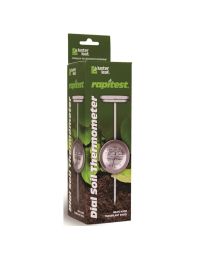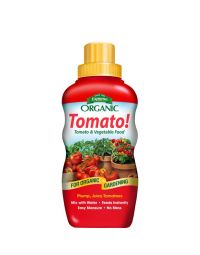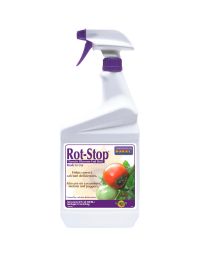With the help of our tomato growing best practices and the proper tools and accessories, you’ll have no trouble growing great tomatoes in your home garden. A few plants provide an adequate harvest for most families. The quality of fruit picked in the garden when fully ripe far surpasses anything available on the market, even in season. The tomato plant is a tender, warm-season annual.
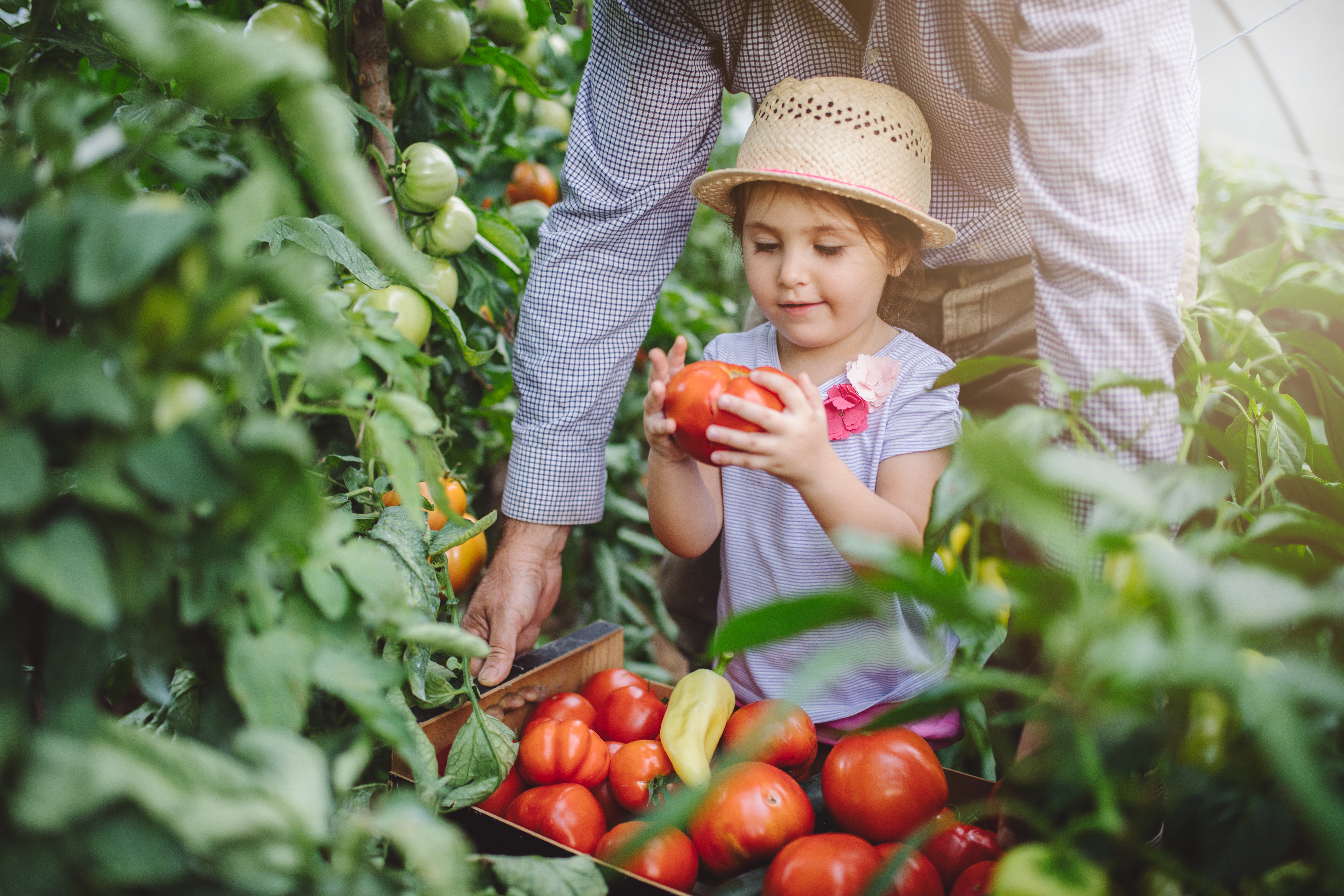
Recommended Varieties
Hundreds of varieties of tomatoes are now available for the home gardener. They range widely in size, shape, color, plant type, disease resistance and season of maturity.
- Evaluate your needs, then choose the varieties best suited to your intended use and method of culture.
- Tomato plants fall into one of two types that affect ultimate plant height and cultural requirements.
- Determinate varieties stop growing at a certain stage and produce one crop usually within a two week period.
- Indeterminate will continue to grow and produce fruit until the first frost. Older varieties are almost all indeterminate.
When to Plant
- Buying transplants or starting seeds indoors early, gets tomatoes off to the best start in the garden when warm weather finally arrives and it saves several weeks in growing time.
- Be prepared to cover early set plants overnight to protect them from frost.
- For best results with minimal risk, plant when the soil is warm, soon after the frost-free date for your area. For zone 4 that is May 15th and 2 weeks later for zone 3.
- Our weather can be fickle. Tomatoes prefer the soil temperature at 60 degrees or above.
- The University of Minnesota Extension provides comprehensive information for Growing Tomatoes in home gardens.
Planting
Soil conditions are a huge part of growing quality tomatoes.
- Tomatoes generally like a soil pH of between 5.5 and 7.5. Simple tests are available in the Lawn and Garden department to see what level you're dealing with. If your soil is too acidic (low pH) lime should be applied, if it's too alkaline (high pH) soil sulfur should be applied to neutralize.
- A loose amended organic soil mix will produce high yields. A mixture like the Gertens Garden Mix of soil, compost, manure and peat moss is ideal.
- Apply starter fertilizer when transplanting.
- Hoe or cultivate shallowly to keep down weeds without damaging roots.
- Plant tomatoes deep. They grow roots from the entire stem.
- Space dwarf plants 12 inches apart, staked plants at 15 to 24 inches apart and trellised or ground bed plants 24 to 36 inches apart.
- Water the plants thoroughly and regularly during prolonged dry periods.
- To prevent cutworms, place a barrier around the base of the stem at soil level. A plastic yogurt cup with the bottom cut out will do.
- Place tomato cages around your plants soon after planting.
- Use cages that match in height the variety to be caged and firmly anchor them to the ground with stakes or steel posts to keep the fruit-laden plants from uprooting themselves in late summer windstorms.
- For tomato-lovers who are short on space, patios and decks have become a popular spot to grow tomatoes in containers and planter bags.
Note: Mulching around tomatoes is perhaps the most overlooked (and important) part of growing quality tomato plants. Mulching with (herbicide-free) grass clippings, straw, or fabric will not only keep the weeds out, but also prevent blight. Tomato Blights live in the soil and hurt the plants when that soil bounces up and hits the bottom leaves. Mulching around the stalk and out a few feet will help to prevent blight from ruining your crop.
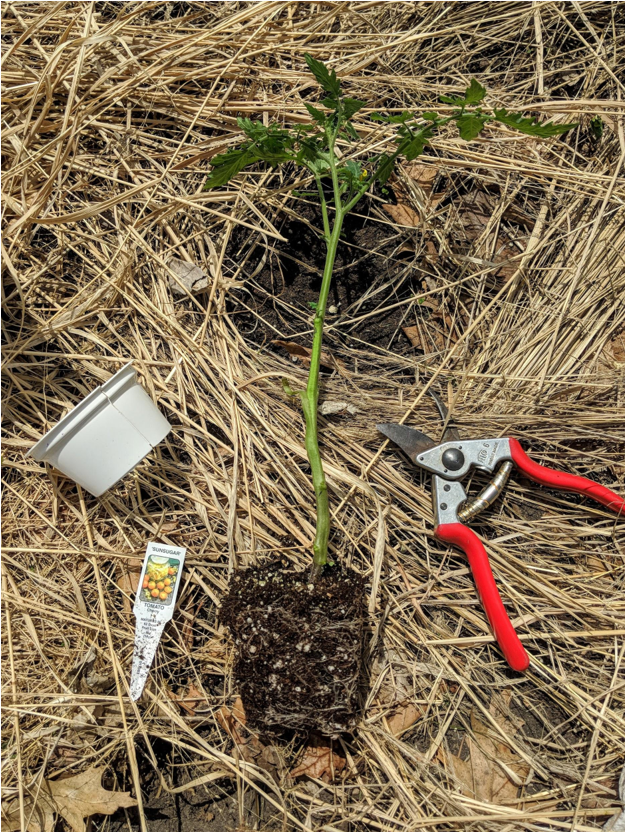
Unravel any circling roots, snip side shoots off and plant deep, use a yogurt cup to stop cutworm and mulch
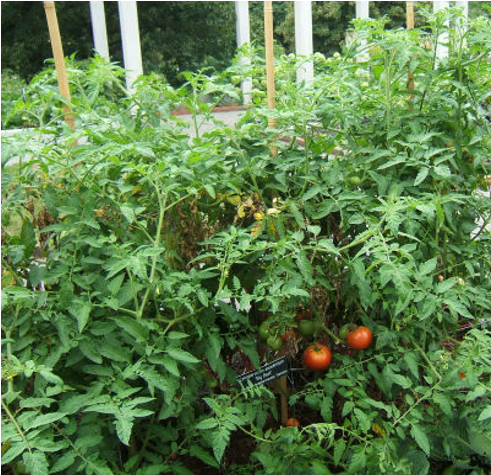
Care
- Side-dress nitrogen fertilizer after the first tomatoes have grown to the size of golf balls.
- If the weather is dry following these applications, water the plants thoroughly.
- Do not get fertilizer on the leaves.
Harvesting
- Tomatoes should be firm and fully colored.
- They are of highest quality when they ripen on healthy vines and daily summer temperatures average about 75°F.
- During hot summer weather, pick your tomatoes every day or two, harvest the fruits when color has started to develop and ripen them further indoors (at 70 to 75°F).
- On the day before a killing freeze is expected, harvest all green mature fruit that is desired for later use in the fall. Wrap the tomatoes individually in paper and store at 60 to 65°F.
- They continue to ripen slowly over the next several weeks.
- Whole plants may be uprooted and hung in sheltered locations, where fruit continues to ripen.
Common Problems
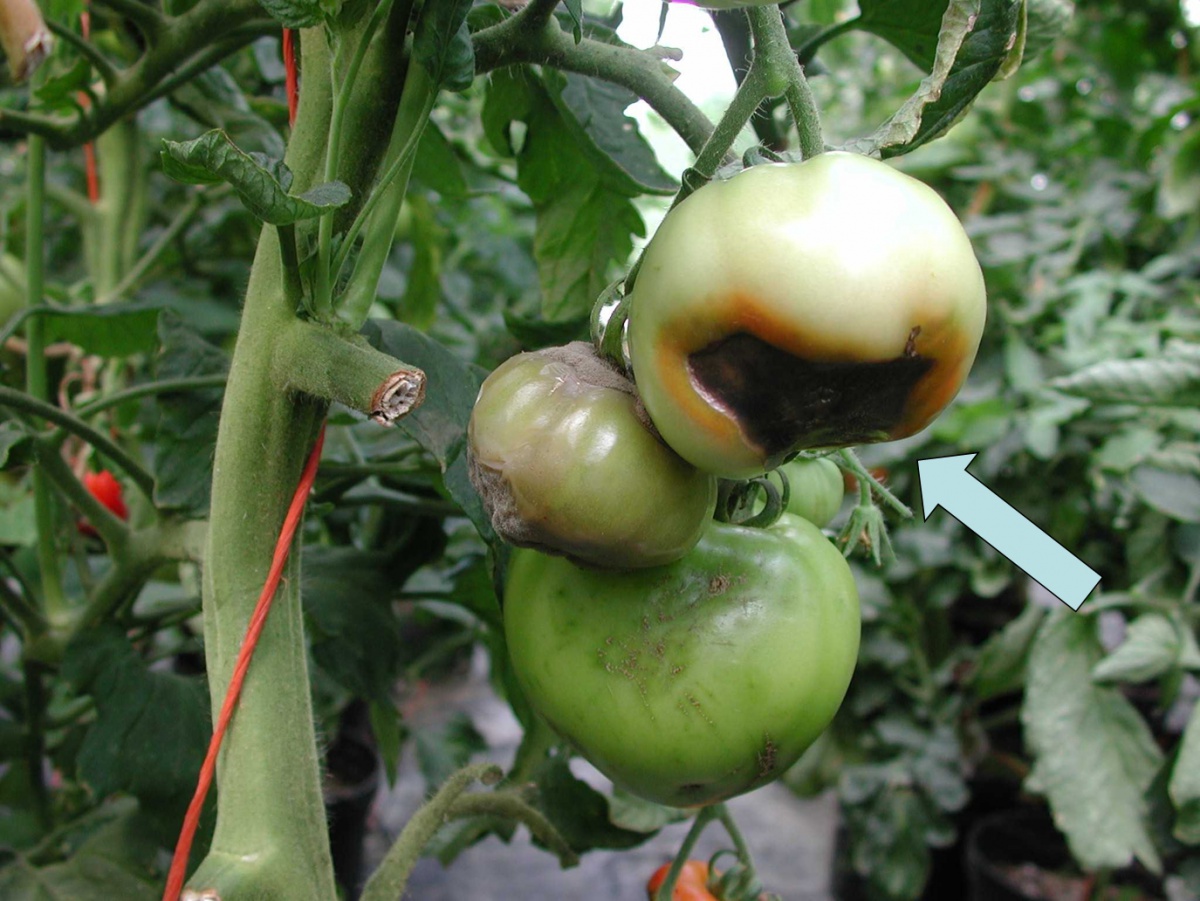
Blossom end rot
- Tomato hornworms are large (2 to 3 inch long when fully grown), green caterpillars with white stripes on the body. There are effective products to stop hornworms.
- Verticilliumand fusarium wilts are soil borne diseases that cause yellowing of the leaves, wilting and premature death of plants.There are many disease resistant varieties. Check the label on the tomato.
- Early blight is characterized by dead brown spots that usually start on the lower leaves and spread up the plant. Mulch around the plants to help protect against blight. Pick infected leaves off and spray the rest of the plant with a copper fungicide to prevent the blight from spreading (wash hands and tools before touching another plant).
- Septoria leafspot is characterized by numerous small black spots on the leaves.
- Blossom-end rot is a dry, leathery brown rot of the blossom end of the fruit that is common in some seasons on tomatoes. Tomato maker can help in the prevention of this problem.
- Poor color and sunscald occur when high temperatures retard the development of full red color
Note: Always water at the base of the plant and never from above. Proper watering will ensure happy, blight-free tomatoes.
More on Tomato Disorders from the University of Minnesota Extension.
Insects
Bugs like tomatoes too. There are some easy and safe fixes. For spraying the insects we like a product called Captain Jack's Deadbug by Bonide. It's natural, and best of all, it works. Another option to get rid of aphids and small insects is to put lady bugs in your garden (we have them in store for you here at Gertens). They eat the aphids and not the plants.
The experts at Gertens are always available to answer your questions!


